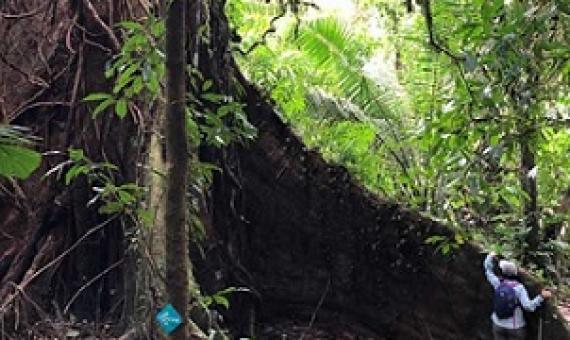Include biodiversity representation indicators in area-based conservation targets
Advances in spatial biodiversity science and nationally available data have enabled the development of indicators that report on biodiversity outcomes, account for uneven global biodiversity between countries, and provide direct planning support. We urge their inclusion in the post-2020 global biodiversity framework.










